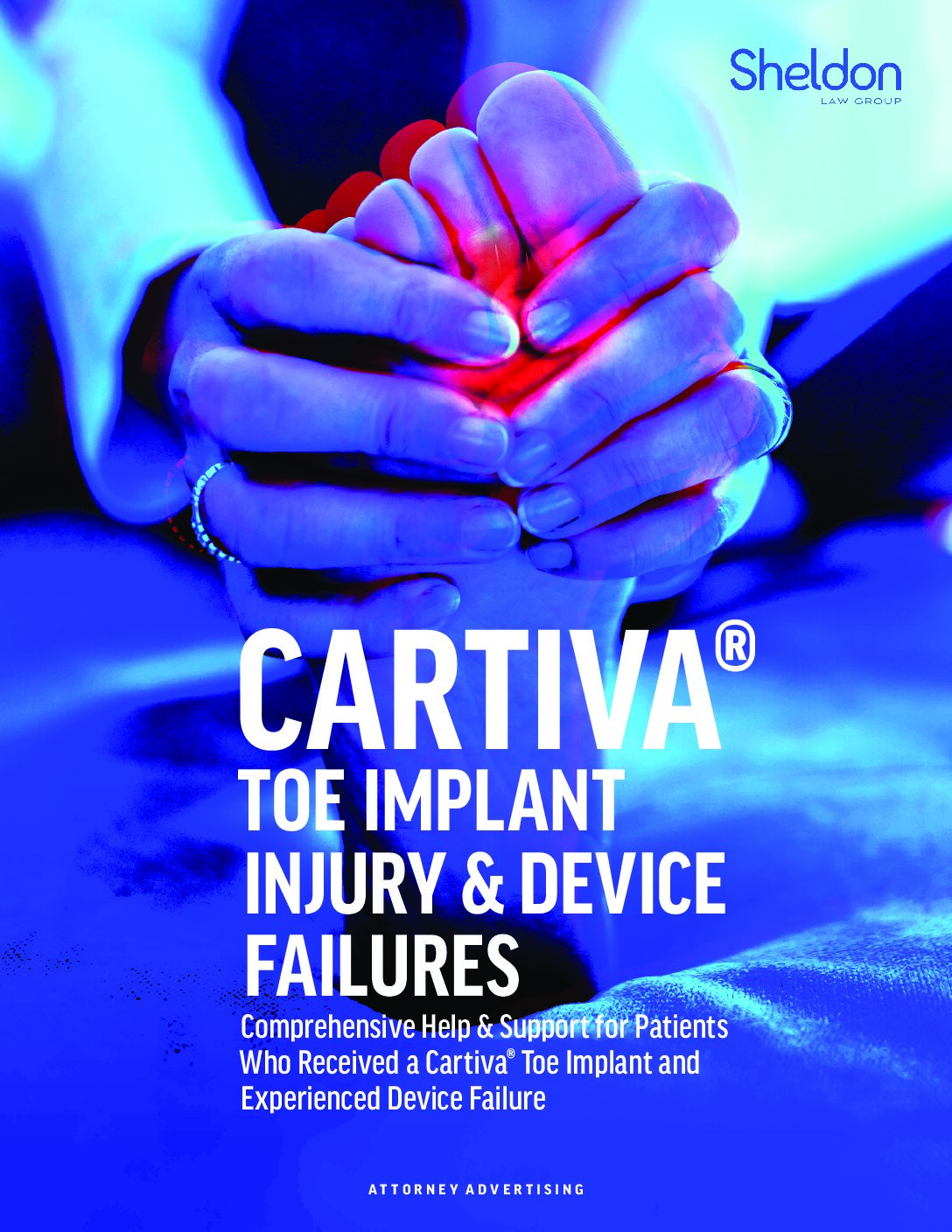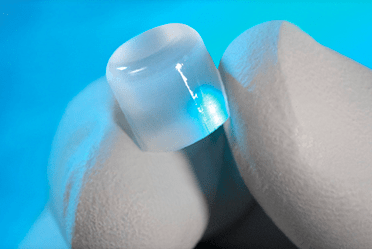What are Cartiva Big Toe Implants
The Cartiva SCI, a molded cylinder made of PVA hydrogel, has faced mounting concerns over premature failure rates. Patients who received the big toe implant are alleging widespread complications, including severe pain, loosening, fractures, and other issues and say these failures caused them to have additional surgery for big toe fusion.
How Widespread Are the Issues?
A recent study published in Cureus delved into the short-term outcomes of Cartiva surgery for MTP arthropathy. While the findings offer hope, the results are concerning.
Researchers found that though some patients saw improved function and returned to their usual activities within two years:
- more than half of patients still reported pain at the final follow-up.
- nearly half (45.5%) of patients experienced complications, including infections, swelling, and nerve issues.
- eighteen percent of patients required additional surgery, including revision to arthrodesis in some cases.
The Takeaway
Cartiva offers a potential alternative for MTP arthropathy, but it’s not a magic bullet. While it can improve function and reduce pain for some, persistent pain, complications, and the possibility of further surgery are realities to consider.
Before considering Cartiva:
- Discuss all treatment options with your doctor: Weigh the pros and cons of Cartiva against other approaches like injections, arthrodesis, or even conservative measures.
- Understand the risks: Be aware of the potential for complications and reoperation.
If You Had to Have Revision Surgery After Receiving a Cartiva Toe Implant, We Can Help.
If you have suffered from complications after receiving a Cartiva Toe Implant, contact us now. We are fighting to protect the rights of patients allegedly injured by Cartiva toe implants and hold the device makers fully accountable for putting profits above the health and well-being of patients.
Patients who received a Cartiva toe implant and suffered complications including being forced to have revision surgery to remove or replace the device, may be entitled to significant financial compensation. Contact us now to learn more about your rights and whether you are entitled to compensation.
Sources
Cureus | Surgical Outcomes of Synthetic Cartilage Implant Hemiarthroplasty for Metatarsophalangeal Arthropathy | Article





